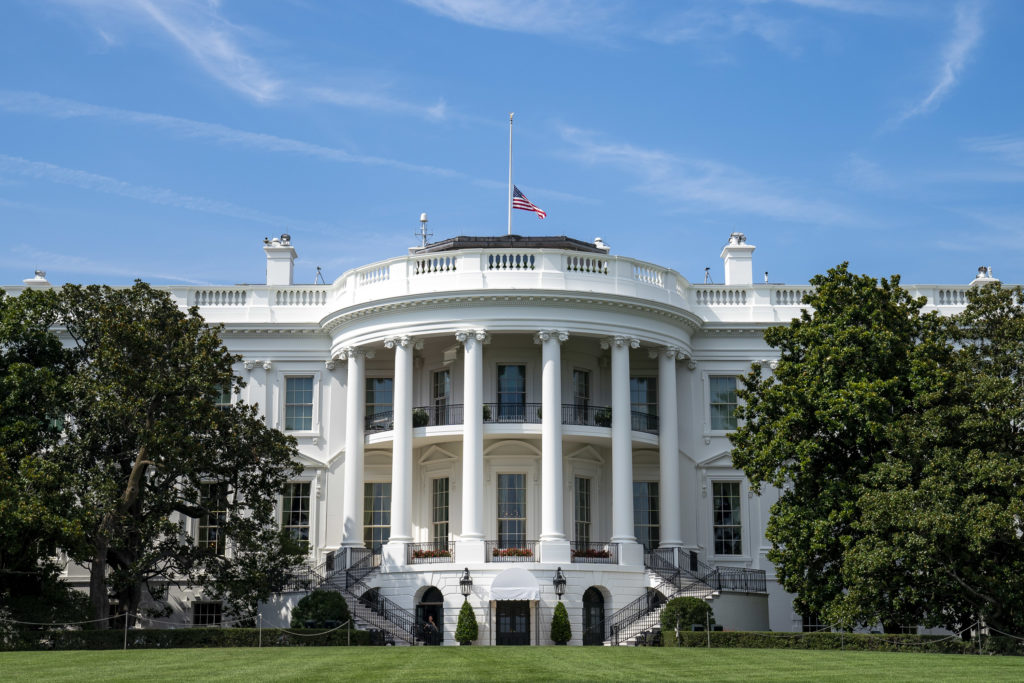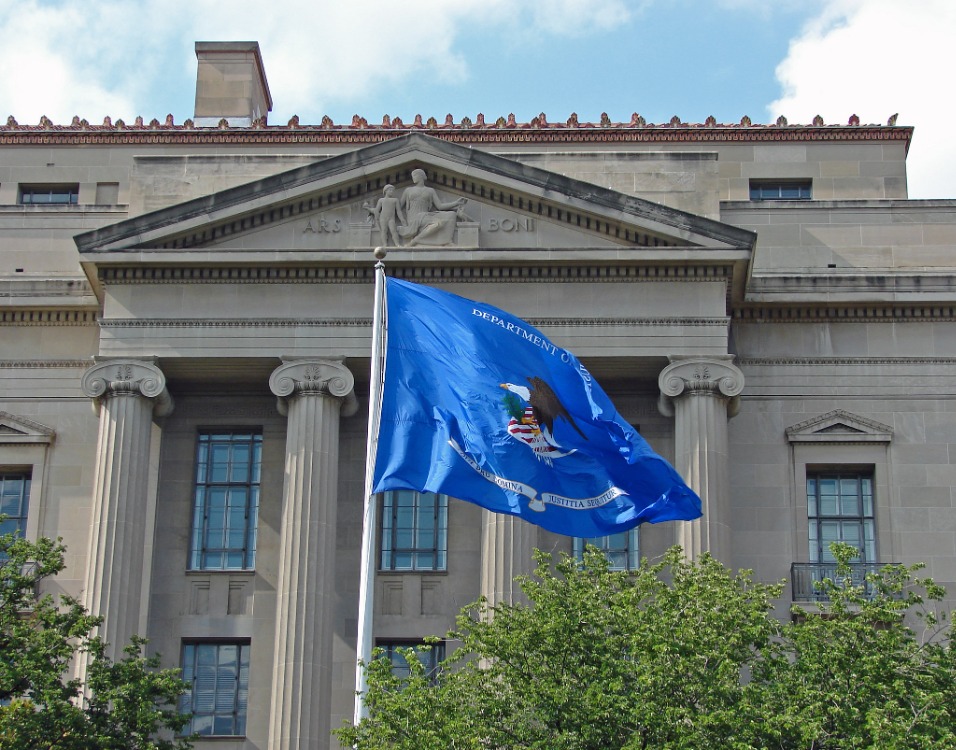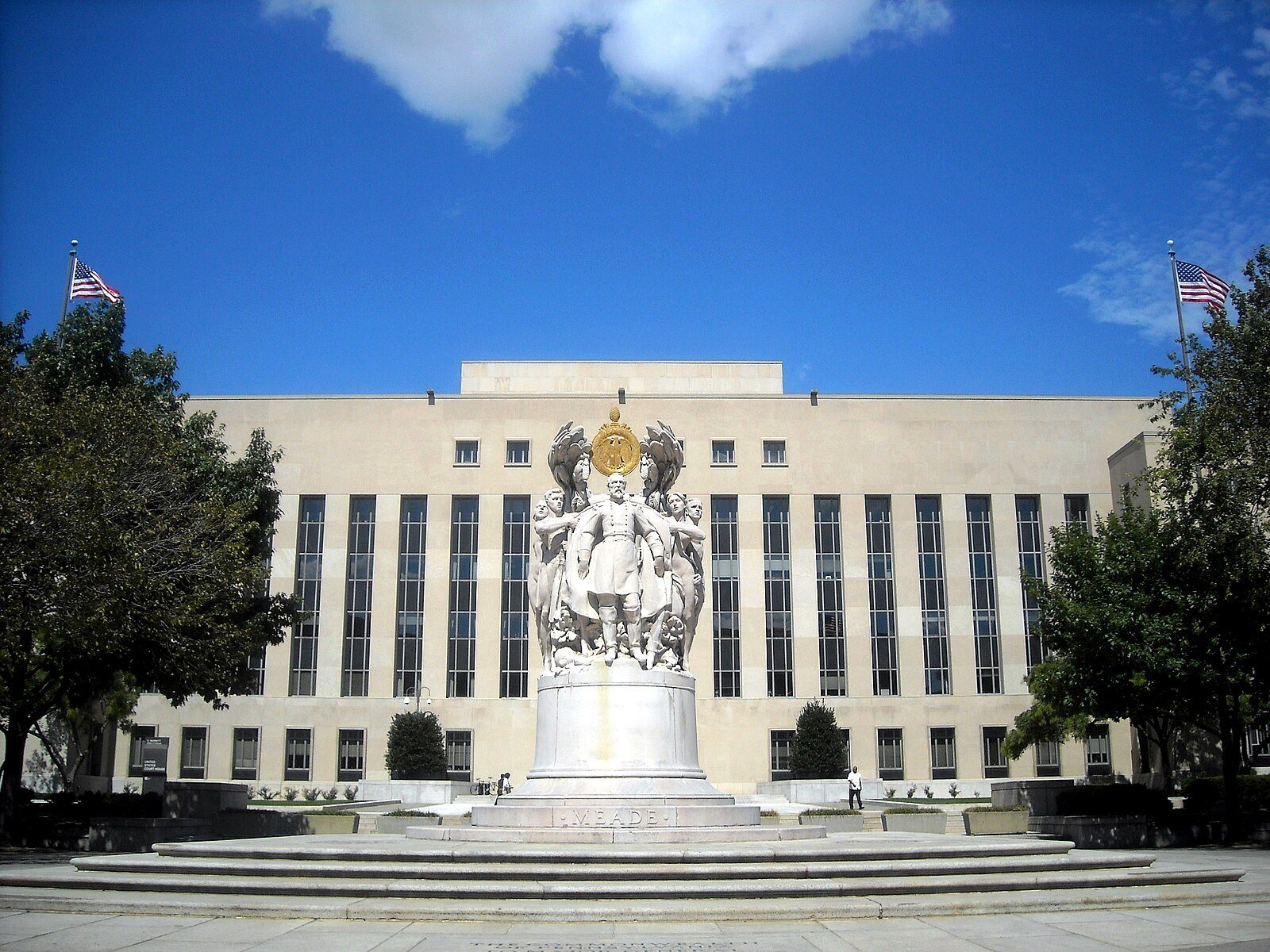Can the Promise of Reconstruction Be Fulfilled?

Published by The Lawfare Institute
in Cooperation With

Forty-eight states have laws that restrict the right to vote for people with felony convictions. Some states, such as Virginia, impose a lifetime ban on voting for people convicted of felonies—absent intervention by the governor—even for people who have served their term of imprisonment and supervised release. The Sentencing Project estimates that, as a result, approximately 4.6 million Americans (or 2 percent of the voting-age population) are disenfranchised due to a felony conviction. The impact of these voting restrictions falls disproportionately on Black Americans. Indeed, the Sentencing Project estimates that one in 19 voting-aged African Americans has lost the right to vote due to a felony conviction, a rate 3.5 times that of non-African Americans.
Legal challenges to these laws on federal constitutional grounds have largely failed. In particular, the U.S. Supreme Court’s decision in Richardson v. Ramirez held that such laws do not violate the Equal Protection Clause of the U.S. Constitution. As a consequence, in the years since Richardson, voting rights advocates have largely turned to state courts, state law, and state constitutions to challenge these voting bans.
However, a new lawsuit challenging Virginia’s lifetime voting ban is charting a novel—and potentially groundbreaking—course for bringing federal litigation to challenge these bans in formerly Confederate states. In June, Protect Democracy, the ACLU of Virginia, and the law firm WilmerHale brought a case against Virginia’s governor and other top state government officials, arguing that the Virginia Constitution’s lifetime disenfranchisement provision violates federal law. The case—King v. Youngkin—relies on a little-known but crucial Reconstruction-era law known as the Virginia Readmission Act.
Following the Civil War, the former Confederate states systematically sought to strip Black men of their newly established voting rights in a number of ways, including by manipulating the states’ criminal codes to extend disenfranchisement to additional categories of offenses. For example, as the plaintiffs’ complaint in King details, these laws often specified that a court could punish felonies with disenfranchisement for 10 or 20 years. In response, Congress passed a series of laws known as the Readmission Acts (including the Virginia Readmission Act), which prescribed very specific terms governing the former Confederate states’ readmission to representation in Congress. One such requirement of all of these acts—including Virginia’s—is the “fundamental condition” that voters not be disenfranchised except for crimes that were “now felonies at common law”—that is, felonies at the time the Readmission Acts were passed in the early 1870s. In 1870, when the Virginia Readmission Act was passed, it was widely understood, as evidenced by the authoritative criminal treatises of the time, that felonies at common law referred to a very specific and exclusive set of crimes: murder, manslaughter, arson, burglary, robbery, rape, sodomy, mayhem, and larceny.
The plaintiffs in King advance a compelling argument that broader disenfranchisement violates the Virginia Readmission Act. The plaintiffs include three disenfranchised Virginia residents whose underlying felony convictions were not common law felonies in 1870. Indeed, two of the plaintiffs are disenfranchised as a result of drug crimes, which are modern inventions of the criminal code. Because Virginia’s Constitution bars voting for anyone convicted of any felony, the plaintiffs argue that the Virginia ban violates the plain text of the Readmission Act by disenfranchising them and others for crimes that were not felonies at common law in 1870.
I have written previously about why Congress had the power under the Constitution to pass such critically important Reconstruction-era laws, including the Readmission Act’s “fundamental condition” that the former Confederate states not disenfranchise citizens for crimes that were not common law felonies. Specifically, two Supreme Court decisions after the Civil War demonstrate that Congress had the authority to pass the Readmission Act under the War Powers Clause to effectuate peace and under the Guarantee Clause to protect “freedpersons,” newly recognized as citizens. In both of these cases, the Court held that the scope of the powers were political questions.
Perhaps the most important is Texas v. White, a case concerning whether Texas had, as a legal matter, actually seceded from the Union for purposes of determining the ownership of particular bonds owned by the prewar state. The case is sometimes misunderstood or reconstructed (pun intended) into a “state’s rights” opinion, because it contains the following language: “The Constitution, in all its provisions, looks to an indestructible Union, composed of indestructible States.” But reading the entire opinion makes clear that the Court was explaining that the state and its citizens could not shed their duties to the nation: “The obligations of the State, as a member of the Union, and of every citizen of the State, as a citizen of the United States, remained perfect and unimpaired.” Thus, the Court continued:
All admit that, during this condition of civil war, the rights of the State as a member, and of her people as citizens of the Union, were suspended. The government and the citizens of the State, refusing to recognize their constitutional obligations, assumed the character of enemies, and incurred the consequences of rebellion.
Before the rights of the states and their disloyal citizens could be restored, the national government had the right to protect Black Americans:
The new freemen necessarily became part of the people, and the people still constituted the State; for States, like individuals, retain their identity, though changed to some extent in their constituent elements. And it was the State, thus constituted, which was now entitled to the benefit of the constitutional guaranty.
Similarly, in 1870 in Stewart v. Kahn, the Court upheld a federal statute suspending the statute of limitations in rebel states, even after the war, explaining that the war “power is not limited to victories in the field and the dispersion of the insurgent forces. It carries with it inherently the power to guard against the immediate renewal of the conflict and to remedy the evils which have arisen from its rise and progress.” Certainly, protecting the rights of Black Americans was reasonably calculated to promote peace and stability, thereby further evincing that the Readmission Acts were a valid exercise of Congress’s War Power.
More recent Supreme Court cases don’t undermine this straightforward conclusion. A decade ago, in Shelby County v. Holder, the Supreme Court held that the preclearance provisions of the Voting Rights Act of 1965 were invalid because they treated states subject to preclearance differently from other states that were not subject to those requirements, and thus violated the constitutional principle that all states enjoy equal sovereignty with one another. Some might argue that the Readmission Acts violate this same principle. But there are meaningful and relevant differences between Congress in 1865 and Congress in 1965. Congress in 1965 interpreted and enforced the Constitution as it existed. In the 1860s, Congress rewrote the Constitution.
Reconstruction was not ordinary lawmaking. The drafters of the Reconstruction amendments and associated legislation knew the commitment of their opponents to their views—many Confederates were former officers of the United States who were willing not only to discard their oaths but also to make war against the United States. The Reconstruction congresses intended to create a legal regime that would achieve Black American legal equality in the face of extraordinary unwillingness to obey the law. Accordingly, there is excellent reason to question the legal validity of any arguments that seek to neutralize the safeguards of Reconstruction.
On this basis, Plessy v. Ferguson—the case that upheld segregation under the “separate but equal” doctrine—was an obvious blunder. So too were important but lesser-known cases such as Williams v. Mississippi, an 1898 decision in which a unanimous Court upheld a suffrage scheme designed to disenfranchise Black citizens. Williams was a criminal case upholding a death sentence imposed on a Black person convicted by an all-white jury, rejecting a complaint that nonvoters had been excluded from the venire. The Mississippi Supreme Court held that the laws were part of a plan to promote white supremacy: “Within the field of permissible action under the limitations imposed by the federal constitution, the [constitutional] convention swept the circle of expedients to obstruct the exercise of suffrage by the negro race.” The Mississippi court explained:
By reason of its previous condition of servitude and dependence, this race had acquired or accentuated certain peculiarities of habit, of temperament, and of character, which clearly distinguished it as a race from that of the whites,—a patient, docile people, but careless, landless, and migratory within narrow limits, without forethought, and its criminal members given rather to furtive offenses than to the robust crimes of the whites. Restrained by the federal constitution from discriminating against the negro race, the convention discriminated against its characteristics and the offenses to which its weaker members were prone. A voter who should move out of his election precinct, though only to an adjoining farm, was declared ineligible until his new residence should have continued for a year. Payment of taxes for two years at or before a date fixed many months anterior to an election is another requirement, and one well calculated to disqualify the careless. Burglary, theft, arson, and obtaining money under false pretenses were declared to be disqualifications, while robbery and murder and other crimes in which violence was the principal ingredient were not.
The U.S. Supreme Court found the Mississippi statutory scheme unobjectionable based on the provisions’ facial race neutrality.
Of course, under current Supreme Court doctrine, facially neutral provisions that have discriminatory purpose and effect are unconstitutional. Accordingly, now there can be no laws designed to disenfranchise citizens of particular races or religions “under the limitations imposed by the federal constitution.” However, for many decades, the approach of Williams prevailed. By approving enactment and enforcement of discriminatory laws, so long as they were facially neutral, cases like Williams allowed policymakers to effectively repeal the Constitution. For example, Black Americans might technically have had the right to vote, but facially neutral tests and devices in practice left them voteless in many parts of the United States.
Today, things have changed. Yet the combination of criminal disenfranchisement, unbounded legislative criminalization powers, and extremely limited scrutiny of police, legislative, and prosecutorial decisions similarly opens the door to oppression of Black citizens. So long as legislators do not openly admit their discriminatory intent, it is difficult to successfully challenge in court laws that are, in fact, designed to discriminate on the basis of race.
Just as there is a “First Congress” canon, legal interpreters can and should draw meaning about the 13th, 14th, and 15th amendments from the actions of the Reconstruction congresses. Any court should think long and hard before holding that a piece of legislation drafted by the Framers of the Reconstruction amendments somehow goes beyond the powers granted to Congress by those amendments. There can be little question that members of Congress in 1867 or 1870 had a better sense of the problems of the moment, and of the common usage of legal terms, than the current population in a different millennium.
Additionally, scholars who have studied the matter often complain that the Court has violated its own rules in relying on opponents of Reconstruction measures to interpret their meaning. As legal scholar Henry Chambers contended:
During its retreat from Reconstruction, the Supreme Court, in case after case, departed from the understanding of the Reconstruction amendments held by those who supported them, adopting in all but a few cases the interpretations of those who opposed both the post-Civil War movement and its resulting innovations to the Constitution.
Whatever one thinks of legislative history, to be sure, the Court is right that if it is to be consulted, the views of proponents control over those who voted against particular laws: “[T]he fears and doubts of the opposition are no authoritative guide to the construction of legislation.”
In sum, Congress in its wisdom—to protect the freedpersons and the political fabric of the nation—came up with a series of measures to prevent discrimination in the right to vote. Had those measures been honored, many generations of suffering imposed on Black Americans and distortion of the national political system could have possibly been avoided. It must be remembered that in 1870, at the height of Reconstruction, Black Americans were a majority of the population in Louisiana, Mississippi, and South Carolina, and over 40 percent in Virginia, Alabama, Florida, and Georgia. This meant both that Black Americans had tremendous potential political power and that extreme measures would be necessary if they were to be disenfranchised. At least since the end of Reconstruction, so long as such a large portion of the population is disenfranchised, the United States has never had the truly free, fair, and open elections contemplated by the Constitution. It is long past time that the electoral system designed by the architects of the second founding be put in place and changed, if at all, through the processes of law rather than disenfranchisement of particular races. The King case presents an exciting opportunity for one of the central promises of Reconstruction to finally be fulfilled.





